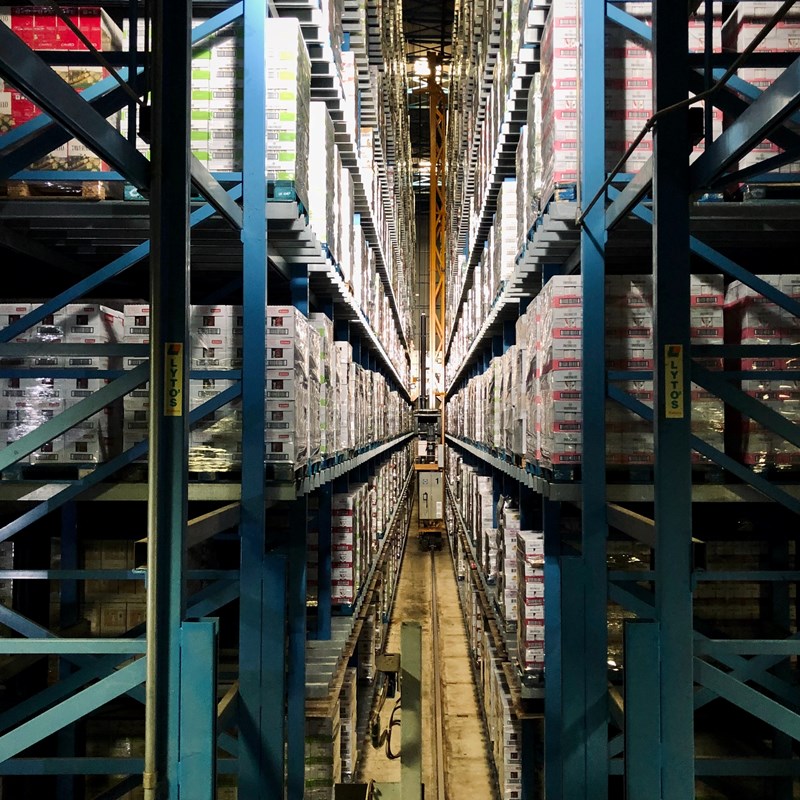
In this, the first in our new retail blog series, we look at the challenges facing the Fast Moving Consumer Goods (FMCG) market, and how technology, and specifically IoT, is helping enterprises to optimise their entire supply chain, from production to sale and beyond.
Overall trends affecting the entire Consumer Packaged Goods (CPG) market include:
The growth of emerging markets puts pressure on established ones to remain competitive in terms of price, value proposition and delivery. A billion new consumers in emerging markets represent an opportunity for consumer goods producers, as well as several challenges, such as providing increased innovation and choice to meet customer needs and expectations.
Digital consumers want to be able to research, purchase, and review products online, and the sharing culture model is driving a shift from traditional advertising and marketing channels towards consumer-driven feedback and online peer recommendations.
It isn’t just consumers who are harnessing technology to shift purchasing trends, however. Manufacturers and retailers need to use technology-driven opportunities to better understand their customers by gaining insights into consumer behaviour and preferences.
Digital signage, interactive changing rooms, and in-store camera-based solutions profiling shoppers to offer them tailored advertising and product placement are all options for retailers who are looking to disrupt the traditional in-store model.
Yet more disruption from connected technology gives manufacturers the possibility to sell direct to consumers – enabling product personalisation and customisation on a mass scale. Of course, this creates a challenge for retailers, who will need to react to this emerging trend either by adapting their offering or incorporating greater capabilities for personalisation into their consumer experience at the point of sale.
In the FMCG market, connected technology is a key driver for consumer communication for manufacturers and retailers throughout the entire product lifecycle, even beyond purchase.
Enterprise IoT technology can help FMCG producers and retailers with:
A fully connected supply chain increases visibility, reduces downtime, and enables faster deployment. Temperature, humidity and other environmental factors need to be monitored constantly to ensure that the entire production and storage ecosystem runs efficiently, and connected logistics enable remote identification of problems, and solutions to transport challenges.
Beyond traditional supply chain management, connecting assets into the retail space and beyond keeps lines of communication with consumers open – disrupting traditional models in terms of marketing, customer experience, and consumer insights.
From connected devices in consumer homes such as the Evian Smart Drop – which monitors levels of water in the fridge and alerts service providers when they get low – to interactive changing rooms in retail stores offering tailored up-selling or alternative options to shoppers, IoT and digital technology are changing the face of retailer-consumer interaction.
Manufacturers and retailers have little choice but to embrace new trends and change their own business models to meet the challenges and opportunities created by new technology – in an increasingly consumer-led world, dynamic disruption is the only way to avoid being left behind.
Look out for other articles in our retail blog series coming soon, and follow us on Twitter for use cases and updates.